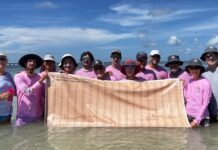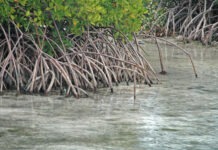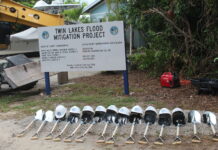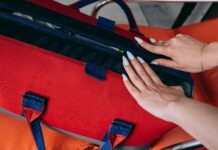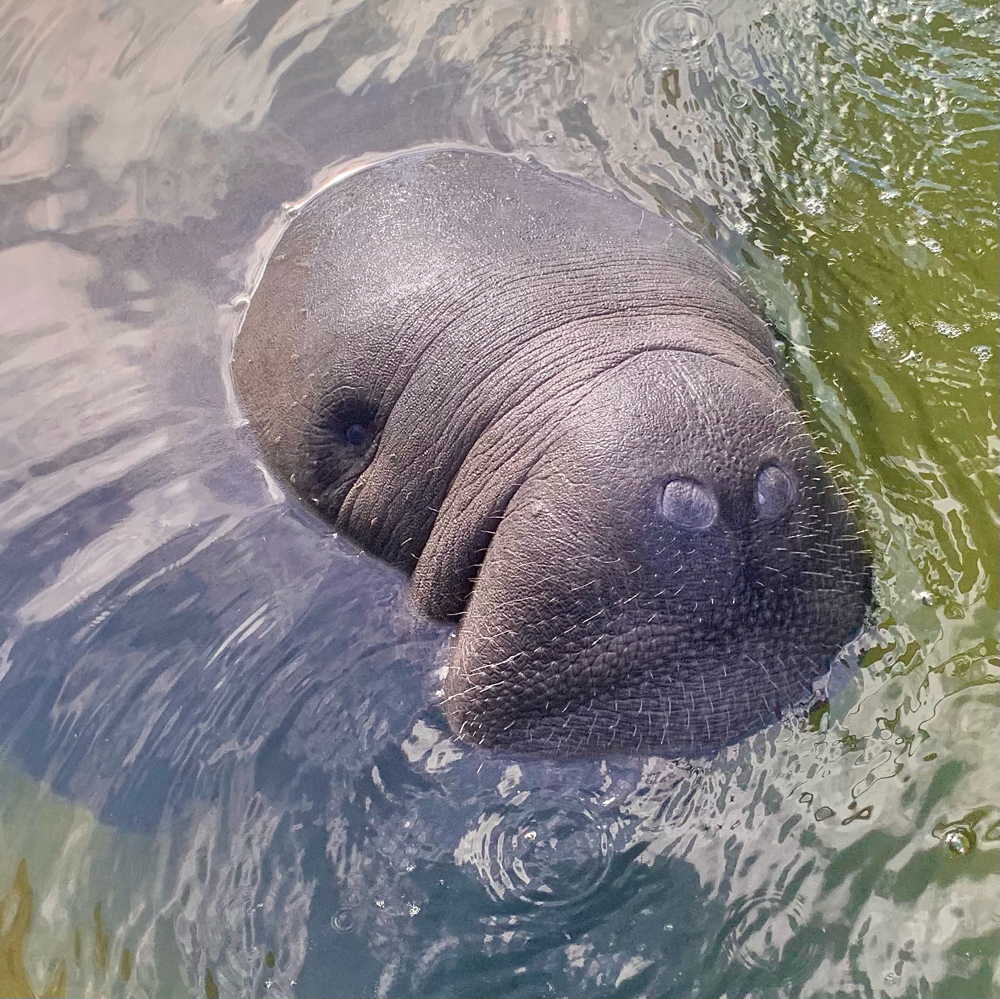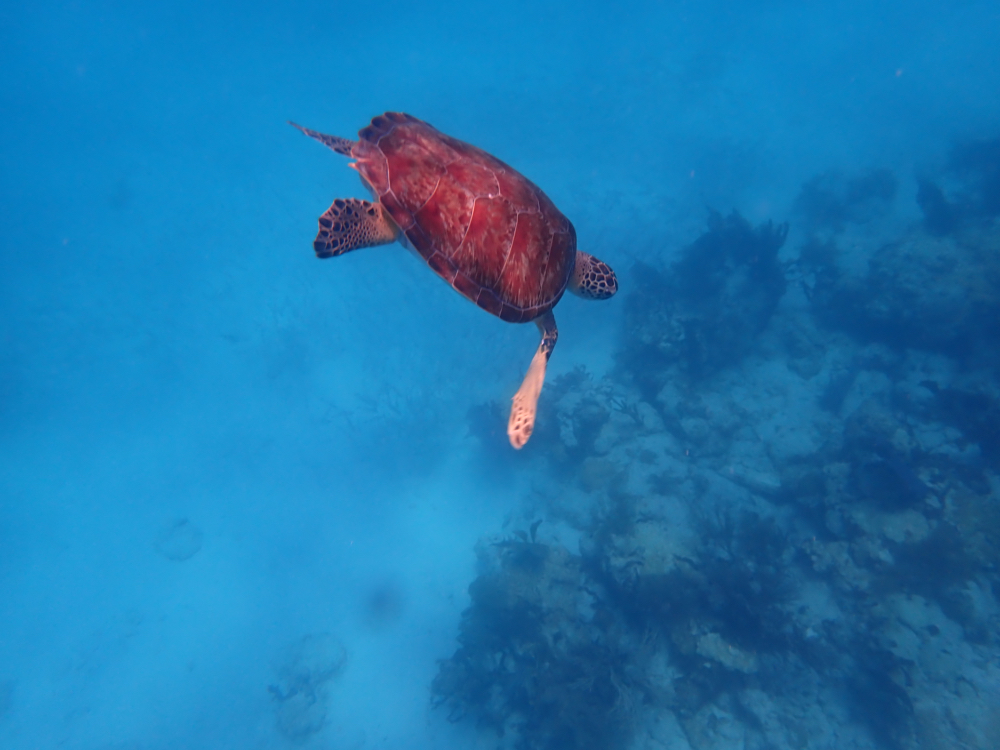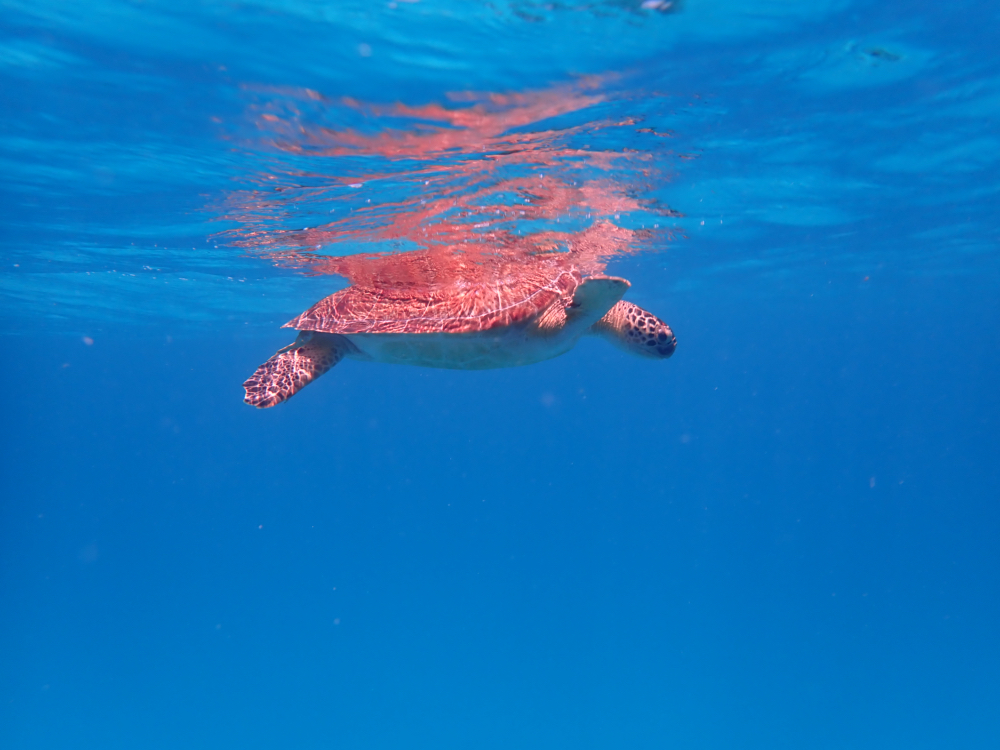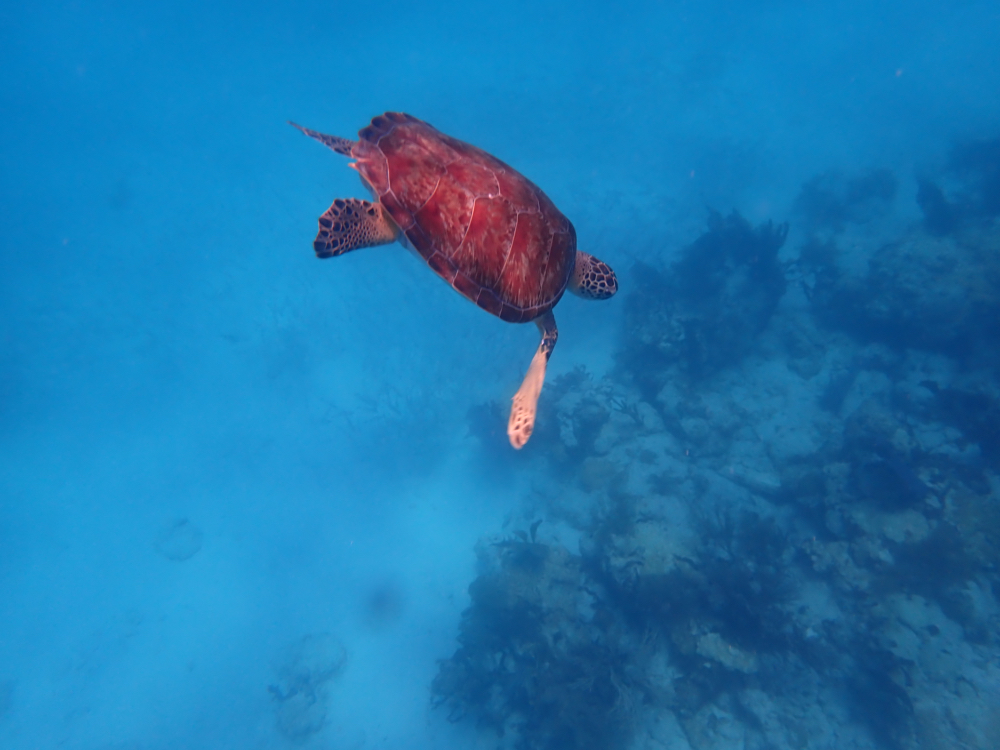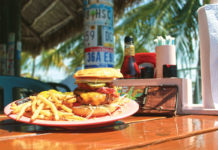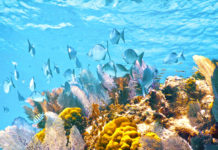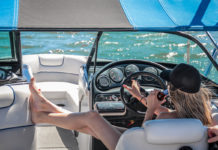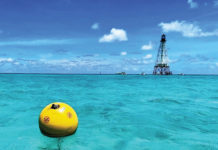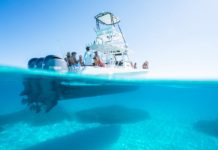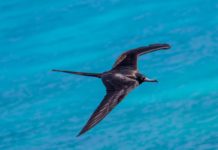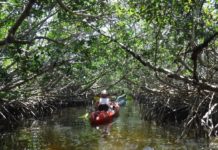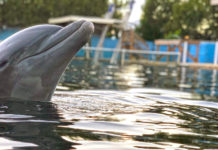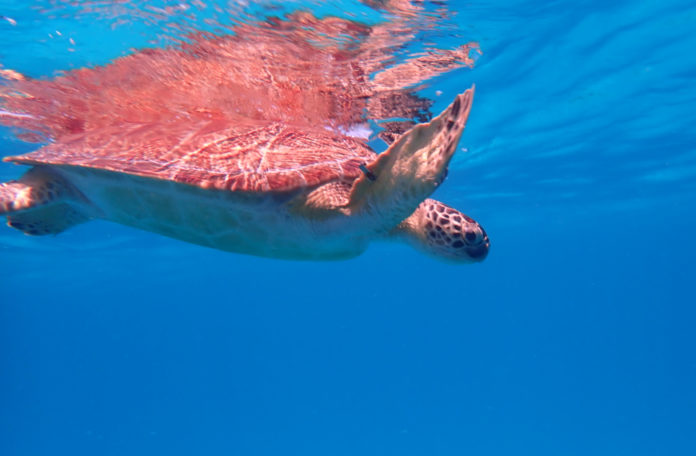
Summer days in the Keys are meant to be spent on the water. Crystal clear conditions mixed with hot and humid temperatures give locals and visitors a perfect escape to the Oceanside and the Florida Bay.
From Key Largo to Key West, the island chain features sandbars, coral reefs, fishing spots and uninhabited islands that lure water and boating enthusiasts from all over. With more watercraft launching from ramps and marinas, it means more calls and reports of injured marine life from hull and propeller strikes.
For instance, sea turtles can swim at bursts of 25 miles per hour. They’re no match for oncoming boats that may not be paying close attention to their nearby environments. As The Turtle Hospital in Marathon notes, a propeller can easily cut through the shell and sever or damage the spine. It can lead to paralysis or death.
Or, they are likely to develop “bubble butt,” which is caused by a boat hit while the turtle is breathing in air. Sudden shock or impact from a boat slamming on their shell forces air out of their lungs into their body cavity.
Air is permanently trapped inside the body cavity. Over time, the shell distorts and a bubble forms on their “butt”, but it also causes these sea turtles to float permanently, which means they can not dive for food, escape predators or boat hits.
Manatees also fall subject — and in cases, victim — to boating accidents. The 2019 year was a record year in the state of Florida in manatee deaths with more than 130 reported. Six of those were in the Keys. Approximately 25-30% of manatee deaths statewide are attributed to watercraft, according to Florida Fish & Wildlife Conservation.
In recent years, manatee deaths caused by blunt-force impacts (non- cutting) have outpaced manatee deaths caused by propeller cuts, with a small portion of the deaths/injuries attributed to both causes.
As boaters, pay attention to the effect you have on the environment since the water we all enjoy may be impacted by our actions. Every boater should learn and use safe boating practices that protect Florida’s waterways.
What can you do? Here’s a few things to consider:
• Abide by the posted speed zone signs while in areas known to be used by marine life or when observations indicate they might be present.
• Wear polarized sunglasses to reduce glare on the surface of the water.
• Try to stay in deep-water channels whenever possible.
• Avoid boating over seagrass beds and shallow areas.
• Remain at least 50 feet away from marine life when operating a powerboat.
• Don’t discard monofilament line, hooks, or any other litter into the water.
For more information, visit myfwc.com.
